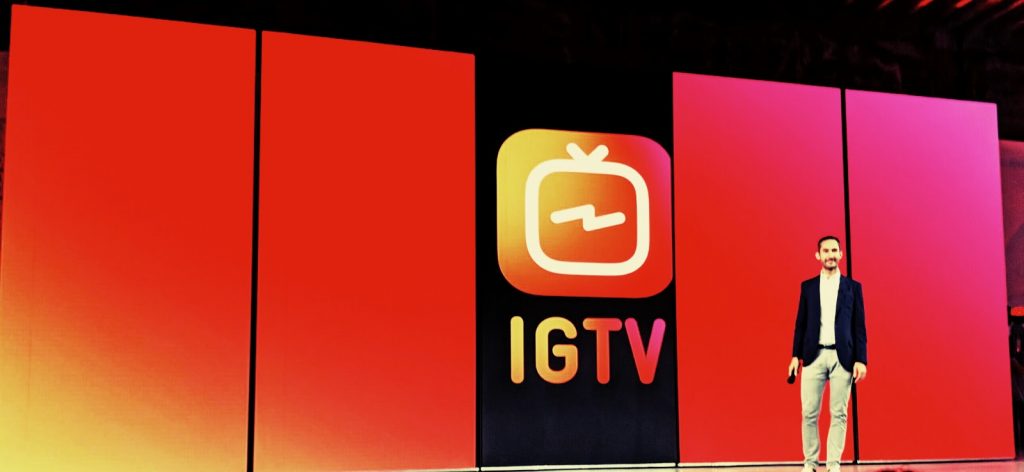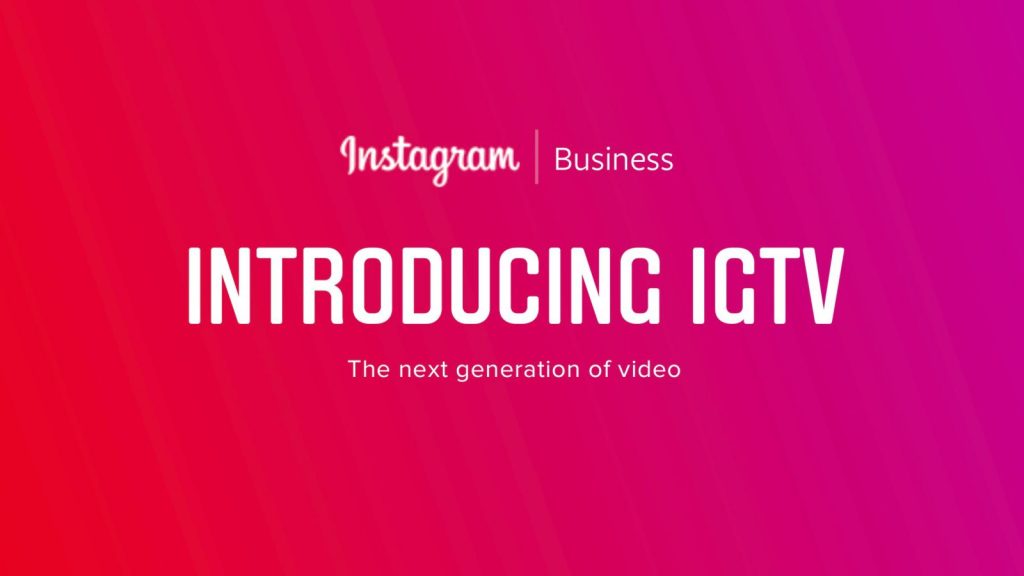Instagram IGTV videos will be full-screen, vertically oriented, and boast a resolution of up to 4K. When you navigate to IGTV, you can see Popular recent videos, and the option to Continue Watching if you can’t finish all 60-minutes of content at once.
This doesn’t mean the platform would suddenly be flooded with videos that all hit the 60-minute mark. It only means that users and advertisers will have the option to post footage lasting anywhere up to a full hour. Videos streamed live, rather than recorded, are already allowed to run for up to an hour on the platform.

Mark Zuckerberg, CEO of Instagram’s parent company, Facebook, has said many times that video is the key to growth for his online offerings, which besides Instagram and Facebook, also include WhatsApp and Messenger.
“Over the next three years, the biggest trend in our products will be the growth of video,” says Zuckerberg toward the end of 2017. “When done well, video brings us closer together. We’ve found that communities formed around video like TV shows or sports create a greater sense of belonging than many other kinds of communities. We’ve found that Live videos generate 10 times the number of interactions and comments as other videos.”

Instagram has already seen great success with its video-focused Stories feature, which it lifted from rival social media app Snapchat in 2016. Stories lets users share photos and short videos of up to 15 seconds uploaded to the service within a 24-hour period. It already has 300 million daily users among its community of 800 million, making it one of the fastest-growing features on Instagram.
Users can also post clips to their feed, with brands, too, able to advertise their products and services through video presentations. If Instagram lifts the limit on its current video restrictions, brands will be able to put out longer ads on the platform, enabling Instagram to charge more for the privilege.

Longer videos could also see Instagram become a home to original long-form content made by professional content creators, shifting the app ever further away from its roots as a simple photo-sharing service and allowing it to take on platforms like YouTube.
Comment on this article and other GadgetGram content by visiting our Facebook page, or our Twitter and Instagram feeds.





